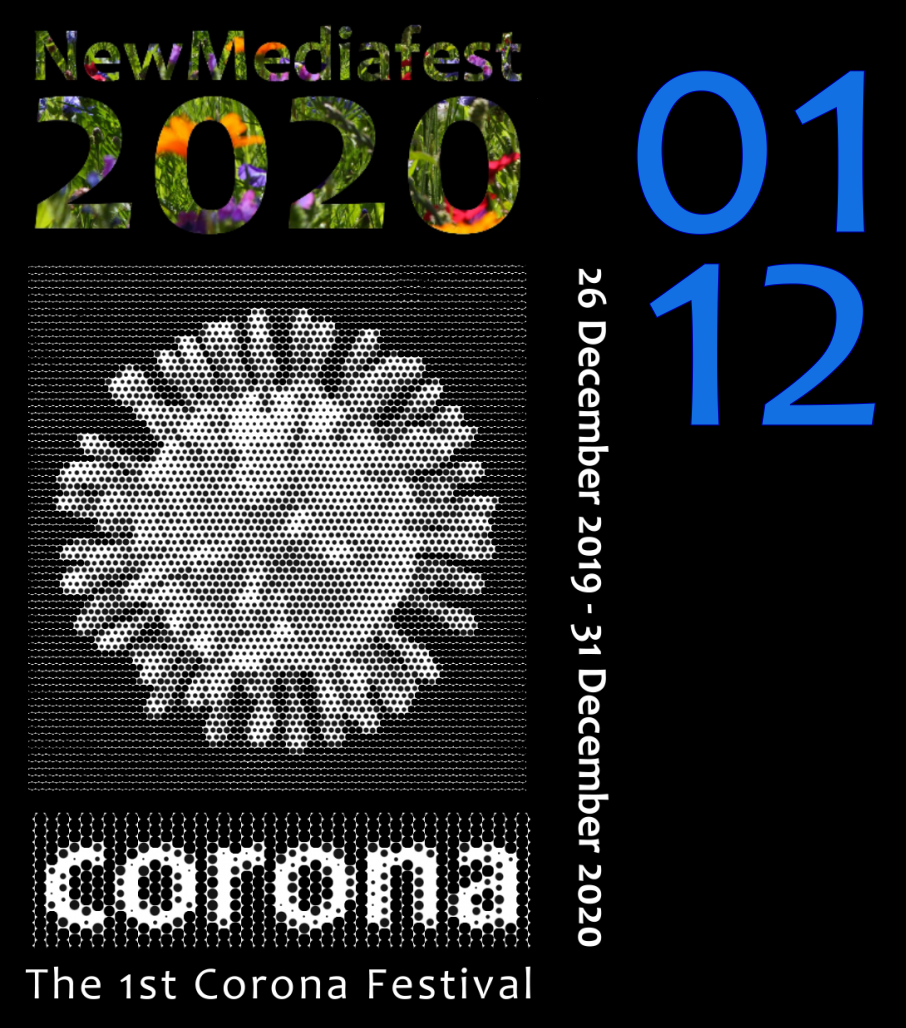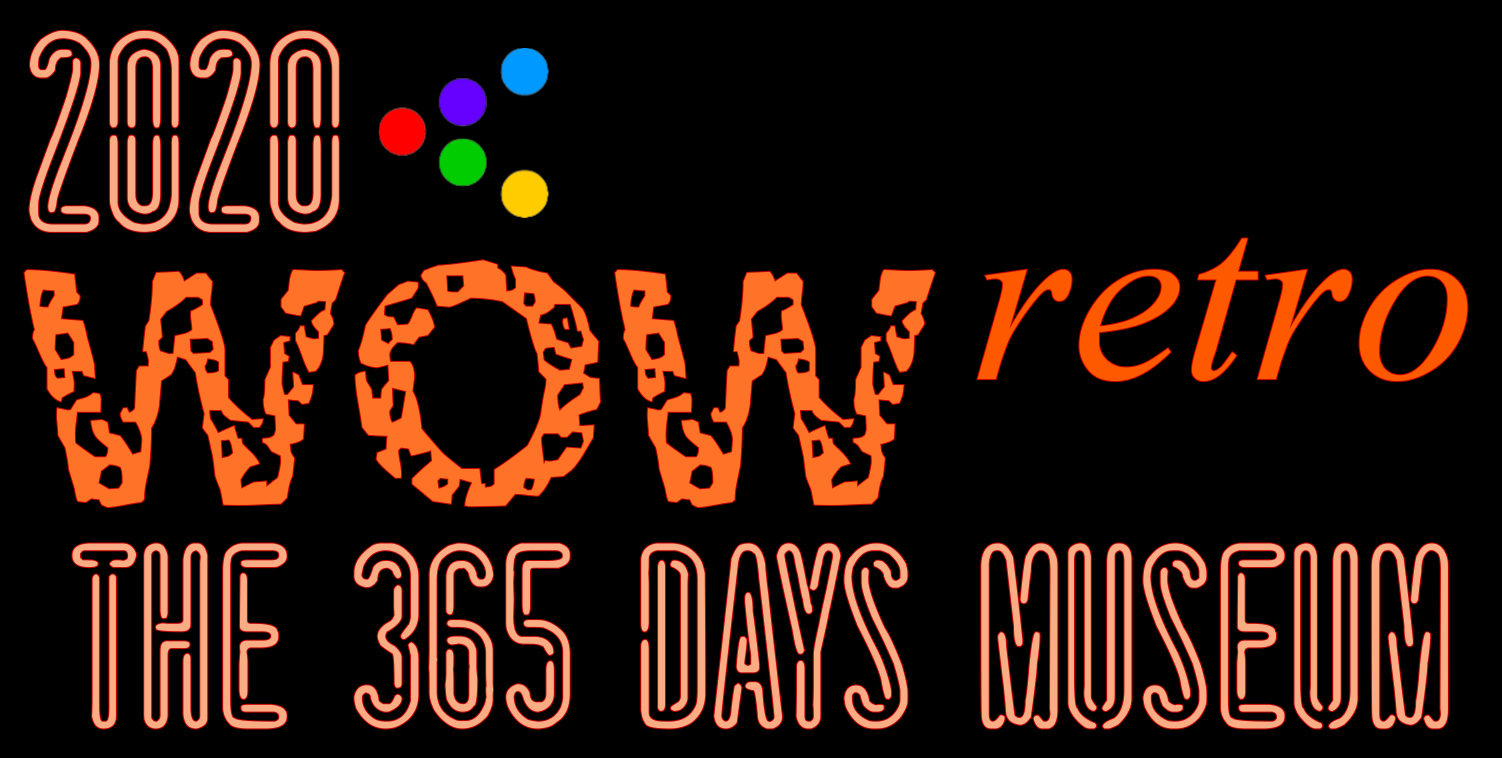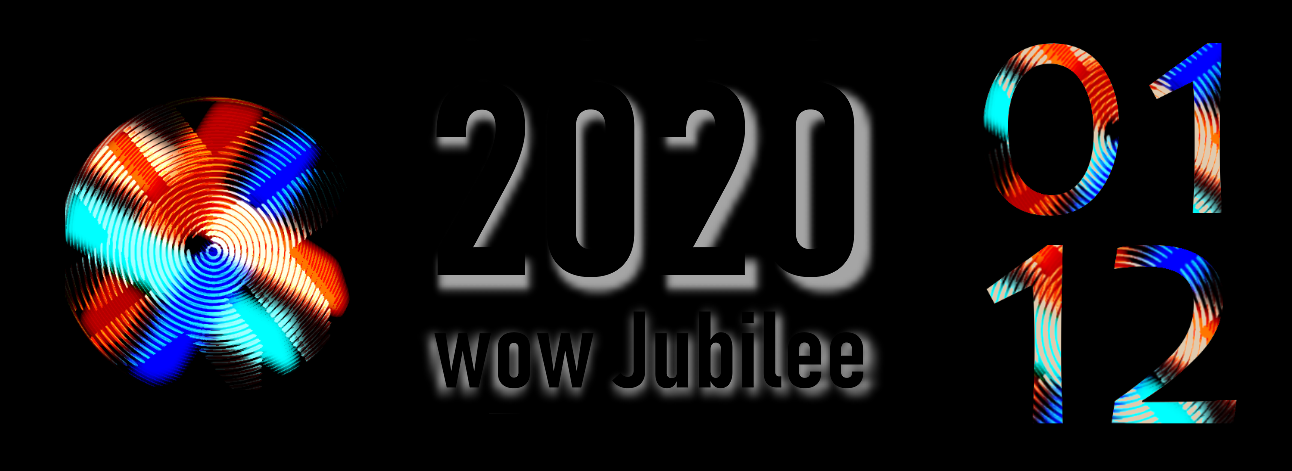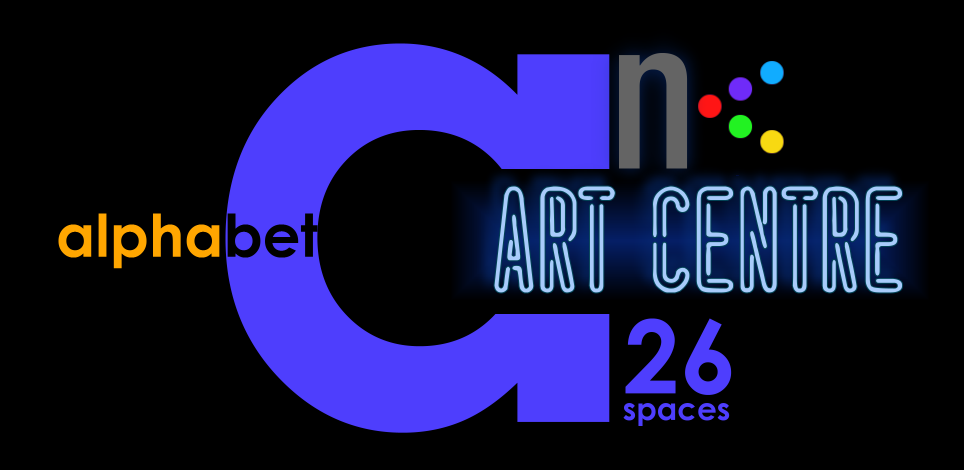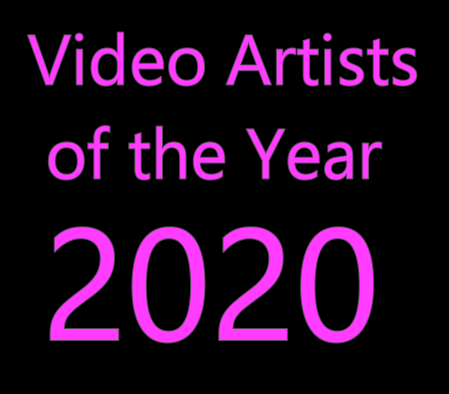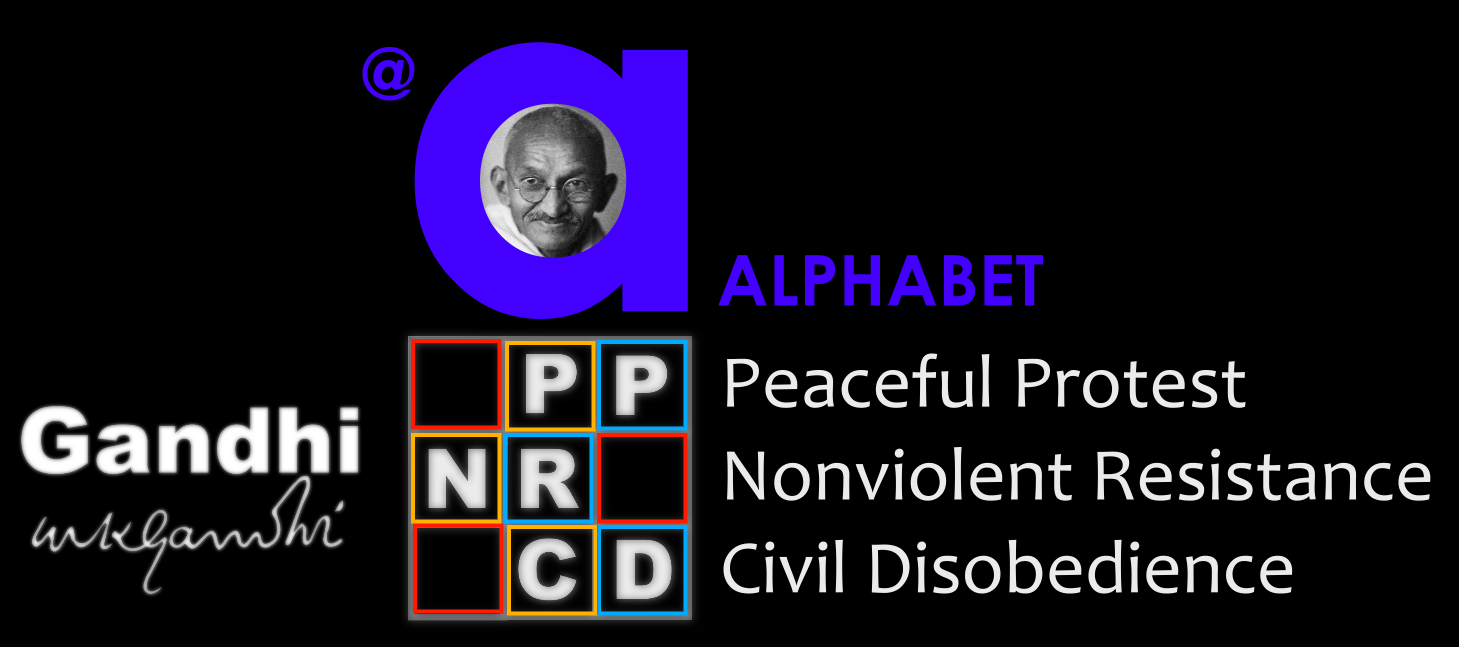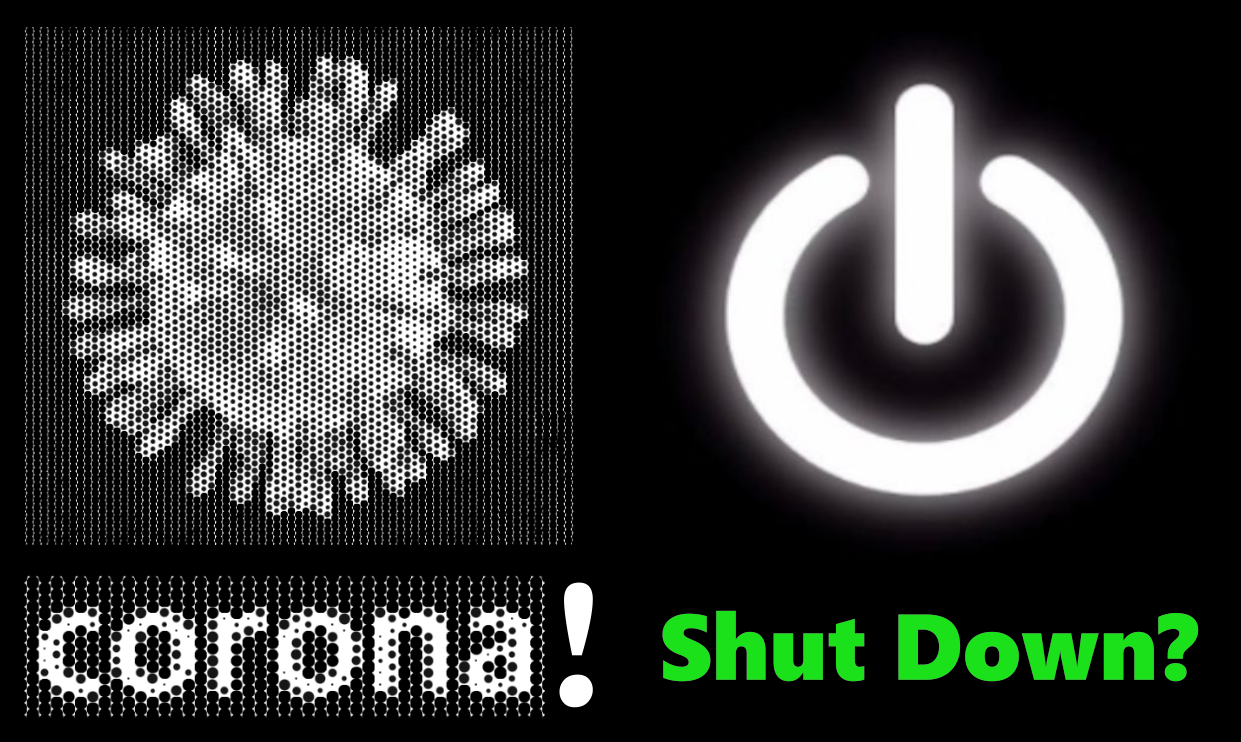feature
netart
Jody Zellen
+ 9 netartists

NewMediaFest2020 made it obvious also for the non-initiated, that netart, eg. Internet based art, is playing in Wilfried’s professional course of life since 2000 a particular, or even more properly that fundamental role, at all – nothing is demonstrating that more impressively than NewMediaFest2020 itself, which is – due to the corona crisis – like Wilfried’s projects were in 2000 already online, and as Internet based art works – netart. By stating that, it is again the question how “netart” as a digital art genre actually is defined. There was never a binding definition nor a serious discussion, neither in the early ears around 2000, nor later. Different people define netart under different ideological points of view differently and use this term for nearly anything, but there is no doubt, the Internet as a location and a platform for sharing the artworks with other users online is representing a fundamental condition, and – what’s important therefore – as many artists are existing, as many positions of netart are existing. This individuality is remarkable, because nobody honestly would expect such an individuality in a mass medium the Internet is representing. Many artists made the critical issues related to the net and society at the time of creation a topic for their creations – a very limited thematic field shared among some initiated people. Only a few were using the possibilities of the world wide web for more than an intellectual gaming, and strangely, but typically, such works and the creators of such works are still available on the net, while a lange quantity of works and artists simply vanished – for incomprehensible reasons, however.
 On occasion of the netart featured in WOW Jubilee 2020 IV, it is more than worthwhile to spotlight the true dimensions of Wilfried’s netart working, which can be classified especially concerning the larger projects as globally networked. Already on 1 January 2000, Wilfried started his virtual identity” Agricola de Cologne” as an Internet based media art project, and as such he was collecting an immense number of sub-identities under the same umbrella – the artist, curator, festival director, programmer, multi-media developer etc – the simulation as an artistic act and process. Of course, becoming active like that, wasn’t mere simulation, because through simulating he became a real artist, curator, programmer – so that soon after the beginning it was not possible anymore for an non-initiated, to estimate what’s mere simulation, and what’s real, its both alike – and therefore quite confusing. In fact, each artist is working like that more or less consciously, when he is creative. When Wilfried started projects like JavaMuseum, it was obvious for anybody – that’s a (the 1st) virtual museum for virtual art, and Wilfried was accepted as what he was simulating – as a curator of Internet based art and director of a museum.
On occasion of the netart featured in WOW Jubilee 2020 IV, it is more than worthwhile to spotlight the true dimensions of Wilfried’s netart working, which can be classified especially concerning the larger projects as globally networked. Already on 1 January 2000, Wilfried started his virtual identity” Agricola de Cologne” as an Internet based media art project, and as such he was collecting an immense number of sub-identities under the same umbrella – the artist, curator, festival director, programmer, multi-media developer etc – the simulation as an artistic act and process. Of course, becoming active like that, wasn’t mere simulation, because through simulating he became a real artist, curator, programmer – so that soon after the beginning it was not possible anymore for an non-initiated, to estimate what’s mere simulation, and what’s real, its both alike – and therefore quite confusing. In fact, each artist is working like that more or less consciously, when he is creative. When Wilfried started projects like JavaMuseum, it was obvious for anybody – that’s a (the 1st) virtual museum for virtual art, and Wilfried was accepted as what he was simulating – as a curator of Internet based art and director of a museum.
 People including the artists were assuming, that due to the increasing number of continuously realised projects and platforms – Wilfried was the mailing lists circulating on the net overwhelming with news and updates – behind Wilfried was standing a huge team of a major company. Nobody understood and was believing that Wilfried solely was standing behind him, and he was just simulating all the different identities of that huge team, whereby he left no doubt, that he solely was the creator – also of all identities. Wilfried was using the Internet in an unique and such a consequent way like nobody had done before or after.
People including the artists were assuming, that due to the increasing number of continuously realised projects and platforms – Wilfried was the mailing lists circulating on the net overwhelming with news and updates – behind Wilfried was standing a huge team of a major company. Nobody understood and was believing that Wilfried solely was standing behind him, and he was just simulating all the different identities of that huge team, whereby he left no doubt, that he solely was the creator – also of all identities. Wilfried was using the Internet in an unique and such a consequent way like nobody had done before or after.
It was the Internet, its virtuality, its all time availability (for Wilfried as a creator and the users as an audience), and the aspect of being and becoming networked with partners in shape of artists, curators and cultural instances like festivals or museums, made Wilfried’s return to a new type of art in 2000 only possible. From the beginning, Wilfried was following two strategies – creating smaller netart pieces as an individual artist and like “Compressed Affair” or “]and[scape” and developing at the same socially networked projects like ” A Virtual Memorial Foundation” or “JavaMuseum”, which were art works as well and plaforms for different networked purposes, whereby “A Virtual Memorial Foundation” had a thematic focus on “memory and identity” and JavaMuseum was functioning as a virtual museum for virtual (net) art. He was simulating already in 2000, what Mark Zukerberg did many years later only, a social community – social media, for Wilfried it had mere artistic, non-commercial purposes, while Mark Zukerberg wanted to make money, both did it in their own way. No artist was using art as a social medium like Wilfried did during the past 20 years as a permanent ongoing process, which however could not be measured as such via existing art critical, art historical terms.
While the smaller individual pieces were conventional in this sense, that they were finished works in a classical sense, the networked platforms were established as ongoing projects, works in progress with an open end, thus in terms of art a new type of concept in which the process, the way is the goal and not the final result – similiar to performance art, where mostly not even a final result is existing.
 The netart features of NewMediaFest2020 point to certain characteristics of Internet based art, eg. the art work published on the net for a free access for any user. Not only JavaMuseum, but Internet platforms dealing with netart in the early years did not host the copy or a clone of the art work, but only links to external hosts, often “progressive” universities is USA or UK were hosting such works as supporters of artistic experimenting. For the artists, these hosts were most welcome, because publishing was for free, often the work were even commissioned, and the artists were not requested to take further responsibility.
The netart features of NewMediaFest2020 point to certain characteristics of Internet based art, eg. the art work published on the net for a free access for any user. Not only JavaMuseum, but Internet platforms dealing with netart in the early years did not host the copy or a clone of the art work, but only links to external hosts, often “progressive” universities is USA or UK were hosting such works as supporters of artistic experimenting. For the artists, these hosts were most welcome, because publishing was for free, often the work were even commissioned, and the artists were not requested to take further responsibility.
The disadvantages of that kind of role allocation became obvious only years later, because after a certain period of hosting, the universities changed their priorities and concepts and removed one after the other the hosted netart pieces from the net, so at a certain point, as a curator for netart, Wilfried was confronted with the fact, that after 2010 most art works which were linked with JavaMuseum had been vanished and only dead links were left on the carefully designed shows online, besides those works which were hosted from the beginning by the artists themselves.
 What nowadays can be investigated as “netart” is representing just rudimentary remains – either the works vanished like described, or the technology is out of date or leaving the impression and prejudication, these works using a low-tech technology would be not worthwhile to be considered as serious art works, compared with visual sensations of today’s technology and advanced concepts. People did not accept (yet), that there does exist a specific art history of those works created after the Internet was established as a public platform, and the works need to be evaluated according to the norms valid at the time of creation. The current works would not be possible if there hadn’t been pioneers who went certain paths for the 1st time. The awareness for history in these currently rapidly changing times needs to be developed first, to it belongs that facts do not remain falsified as they are too often.
What nowadays can be investigated as “netart” is representing just rudimentary remains – either the works vanished like described, or the technology is out of date or leaving the impression and prejudication, these works using a low-tech technology would be not worthwhile to be considered as serious art works, compared with visual sensations of today’s technology and advanced concepts. People did not accept (yet), that there does exist a specific art history of those works created after the Internet was established as a public platform, and the works need to be evaluated according to the norms valid at the time of creation. The current works would not be possible if there hadn’t been pioneers who went certain paths for the 1st time. The awareness for history in these currently rapidly changing times needs to be developed first, to it belongs that facts do not remain falsified as they are too often.
 The netart features would like to demonstrate, that after some media archeology there are still numerous netart works and netartists left which did not loose relevance during the years.
The netart features would like to demonstrate, that after some media archeology there are still numerous netart works and netartists left which did not loose relevance during the years.
Jody Zellen and her April solo feature, are representing such an example – still living and working as an artist, Jody was hosting her works by herself, and surprise – all her works are not only still available on the net, but they appear as current as they were created 1998, 2000, 2001, 2004 or 2009. Some of her artworks realized as platforms were finalized sometimes, but they still keept the character of the “ongoing”. Wilfried can only speak for himself, but entering her works online is generating the same pleasure as it was happening 20 years ago. It is similiar with the other artists represented via one single individual work – by Reiner Strasser, Sachiko Hayashi, Maya Kalogera, Raúl Moarquech Ferrera-Balanquet, Katie Bush, Santo_file, Simon Fildes & Katrina McPherson, Yucef Merhi, Talking Birds.
While when JavaMuseum was active until 2010, the artists were submitting their works – making them available for Wilfried’s curatorial purposes, now for each monthly feature intensive researches on the net are necessary for finding the once linked works, but mostly, no trace is left what was happening to these works, also mostly the artists have no idea, because the hosting instances simply removed carelessly the art works as if it would have been garbage. And then something else becomes obvious, in contrary to the general opinion, the Internet is forgetting incredibly fast. There are hardly any traces left of all the events, which were famous at their time, because the info were removed and people did not recognize these info as relevant enough.
That’s a strange experience, the lack of respect. NewMediaFest2020 would like to give not only the featured artists and their works the necessary respect, but the whole art genre” netart”.




